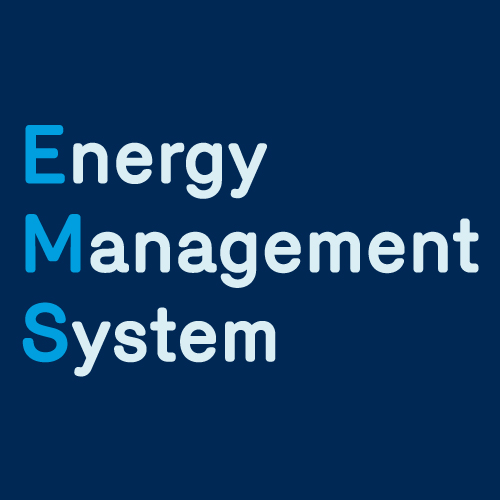Continue reading



But what are we talking about exactly? What is an “Energy Management System”? In brief, it involves a continuous improvement process based on behavioural and operational changes at all levels of the organization aimed at increasing energy efficiency and reducing wastage.
“For example, imagine a plant where operators have different practices from one shift to the next, so much so that the energy consumption varies depending on the team. With an EMS, measures would be applied to normalize best practices with the aim of minimizing energy consumption,” illustrates Donald Beverly, an engineer with the Énergir DATECH group.
Of course, implementing an EMS takes time. If the customer is ready to commit to the process and understands all the implications, the first step in making a diagnosis is to take a picture of the company’s current energy consumption, examine its energy management practices, determine the potential energy savings, and define the general conditions for the EMS implementation.
“It’s a snapshot of the company’s energy situation, which lays the groundwork for deploying the EMS,” Donald Beverly explains.
The EMS implementation process, which is usually spread over several years, can then be started (see key steps). A number of factors are essential to ensure its success:

Since an EMS involves structural changes, it is essential that top management assume leadership of the implementation and operation of the EMS. “In every organization, there is a natural resistance to change,” explains Donald Beverly.
“To overcome this tendency, management must introduce a clear, precise and well documented energy policy, create an Energy Management Committee tasked with the development, implementation and improvement of the EMS, and name a champion who will be responsible for promoting EMS on the shop floor. When employees understand the objective of the EMS and are given the tools to make the changes expected, everything becomes much easier.”
| Management | Establish policies and set up an Energy Management Committee |
| Energy Management Committee(with outside support, if necessary) | Establish SEU and EPI objectives |
| Supervisor | Monitor SEU performance |
| Operator | Quickly identify deviations, apply EMS procedures |
To get buy-in from employees, it is essential that management develop and deploy an awareness program about energy management that will help employees understand the whys of the EMS, what they have to gain, the importance of their role (their effect on consumption), and the means at their disposal – training, information, tools, etc.
At the same time, it is important to choose a champion who will play the role of promoter and spokesperson for EMS by demonstrating management’s commitment to the process. The champion must be enthusiastic and able to lead efforts aimed at realizing the culture change within the company. Usually, the Champion will be the one to set up the Energy Management Committee, composed of a multidisciplinary team of experts whose principal role will be to develop energy objectives, re-evaluate them regularly, and report on the results to top management.
However, as the old adage goes: “If you can't measure it, you can't improve it.” An EMS therefore relies on the continuous collection of operational data to evaluate and progressively improve the energy performance of the installations. Recorded by meters, debit meters, sensors and other measuring devices, the data are stored in an energy management information system (EMIS), then analyzed by experts from the Energy Management Committee to determine the optimal steps to be taken so that operators can put them into effect in real time.
“The collection and analysis of data helps to establish baseline values and consumption objectives and to take immediate corrective action if the data show a deviation from those objectives,” says Beverly. “We often find that the efficient equipment a company installs is not used optimally. EMS can reveal such problems or anomalies and correct them rapidly and so optimize the operation of the equipment.”

“One of the main advantages of an EMS is that it is based on the implementation of small gradual changes that, when put together, help reduce the energy bill at less cost than traditional energy efficiency measures, often based on equipment acquisition and costly implementation projects,” adds Philippe Rivard, Senior Advisor, Energy Efficiency, Carbon Market and Energy Efficiency, at Énergir. “An EMS can also play an integral part in an approach aimed at obtaining ISO 50001 certification, an energy management standard recognized around the world.”
While an EMS offers obvious benefits – reduction in energy intensity and in the carbon imprint – the advantages do not stop there.
Aware of the potential of energy management systems, several companies have already approached Énergir – and often Hydro-Québec – to acquire an EMS. Énergir and Hydro-Québec are collaborating to offer technical and financial support to customers who want such a system.
“Our procedure for requesting for grants is harmonized with that of Hydro-Québec to simplify the process,” says Rivard.
Énergir supports companies step by step throughout the process and offers grants at each major step in implementing an EMS – diagnosis, development and implementation, and monitoring energy savings.
To learn moreTo read case studies on companies that have implemented an EMS:
|
Continue reading
© 2024, Énergir